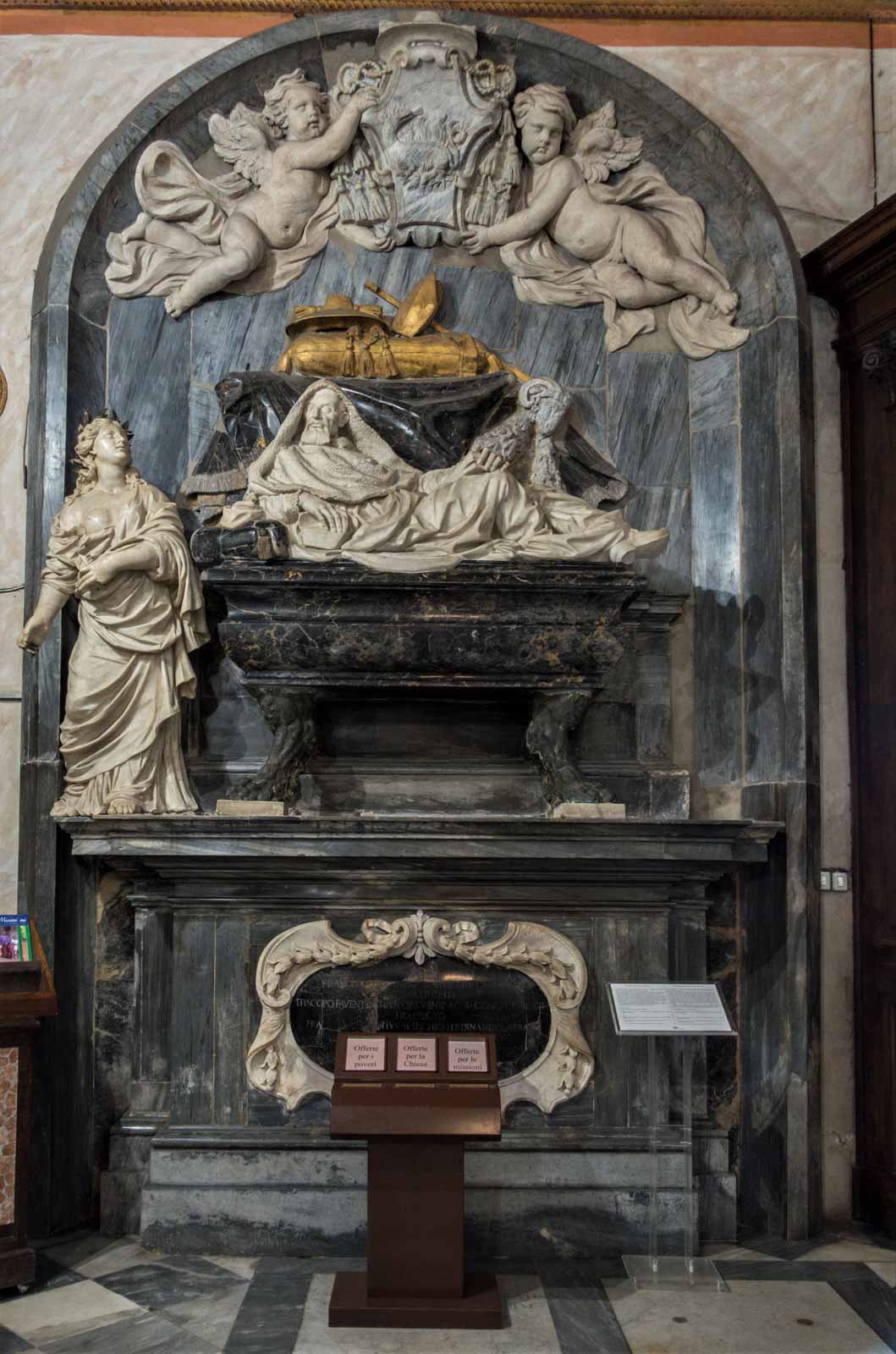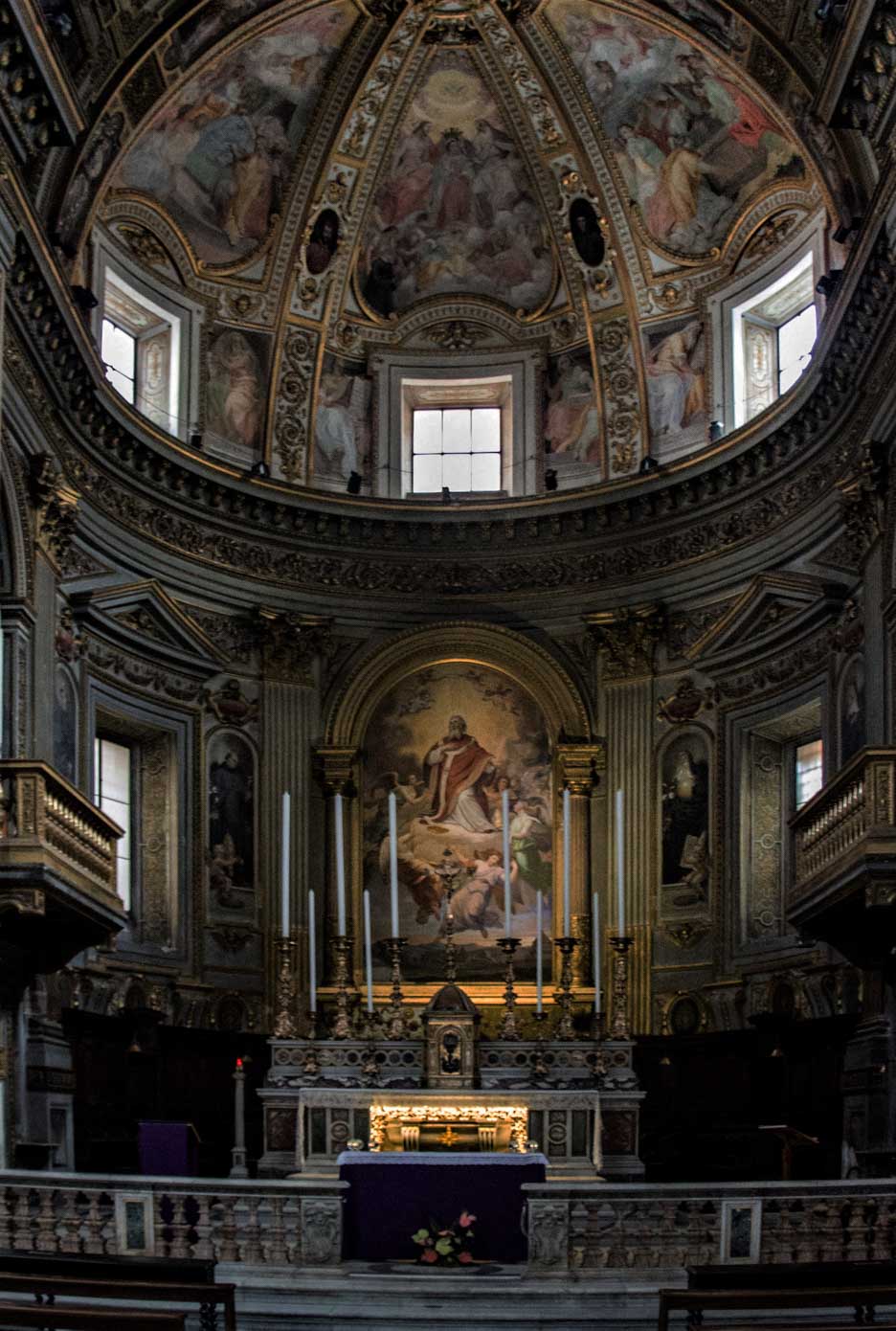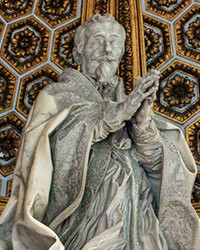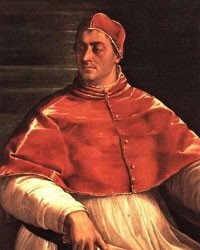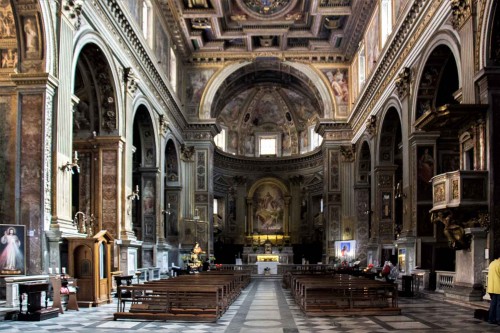
Church of San Marcello, main nave, Jacopo Sansovino
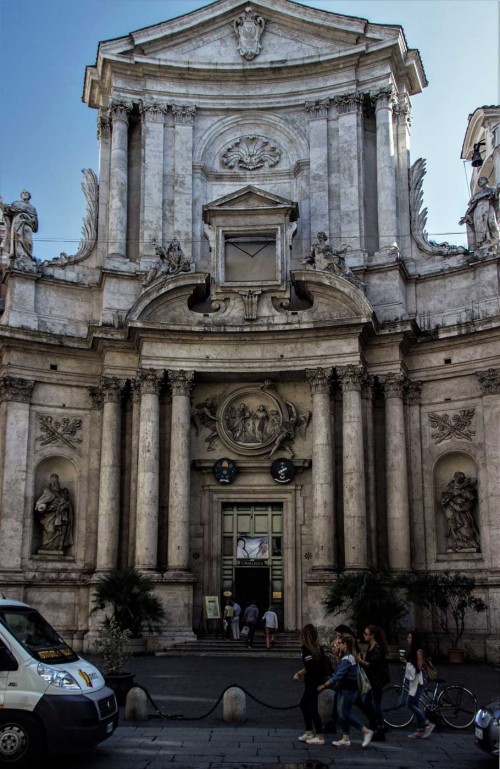
Church of San Marcello at via del Corso
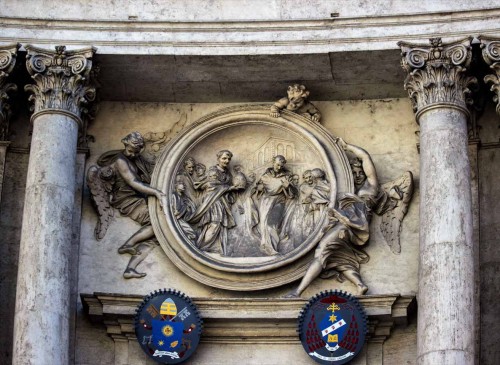
Church of San Marcello, medallion in the lintel of the church depicting St. Philip Benizi Refusing the Tiara, Antonio Raggi
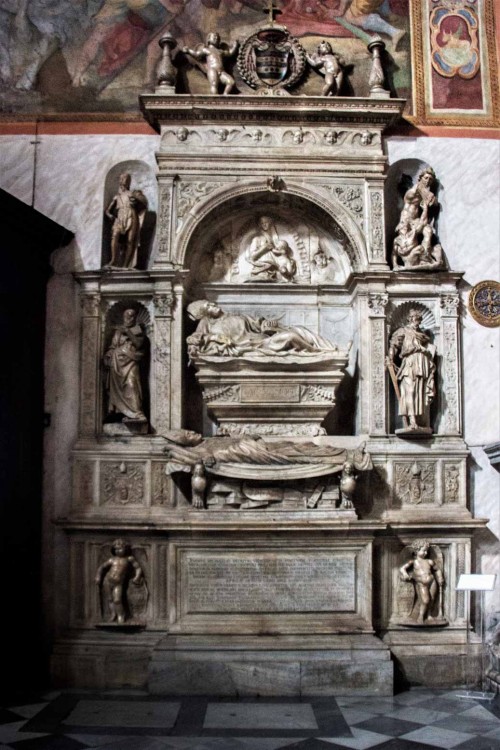
Church of San Marcello, tombstone of Giovanni Michiel and Antonio Orso, Jacopo Sansovino
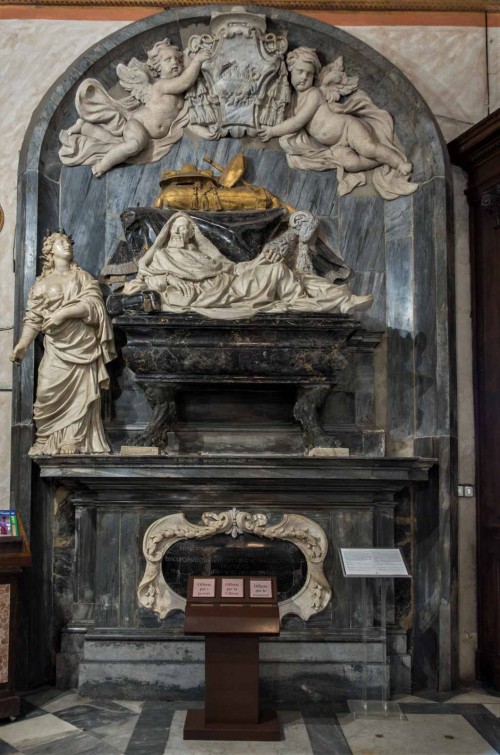
Church of San Marcello, funerary monument of Cardinal Francesco Cennini, Giovanni Francesco dei Rossi
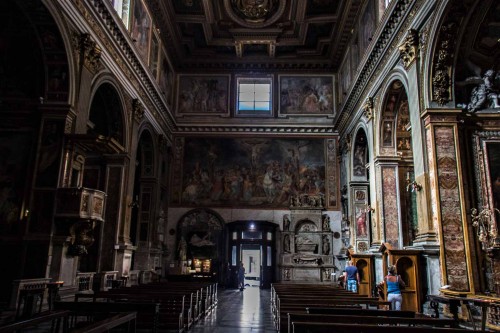
Church of San Marcello, interior with a view of the main enterance, in the lintel scene of the Crucifixion, Giovanni Battista Ricci
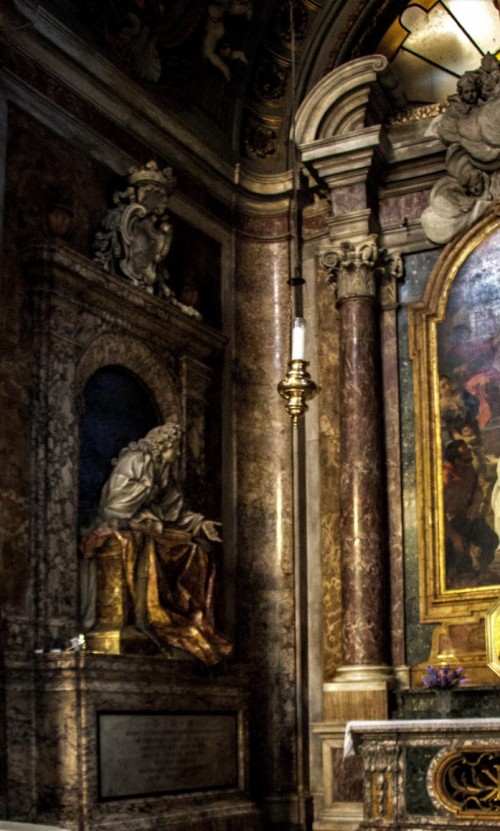
Church of San Marcello, Muti Chapel, tombstone of Giovanni Muti
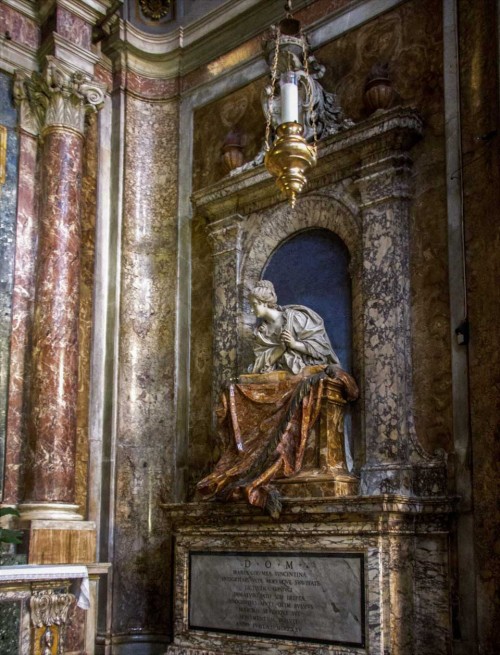
Church of San Marcello, Muti family chapel, tombstone of Maria Colomba Vicentini
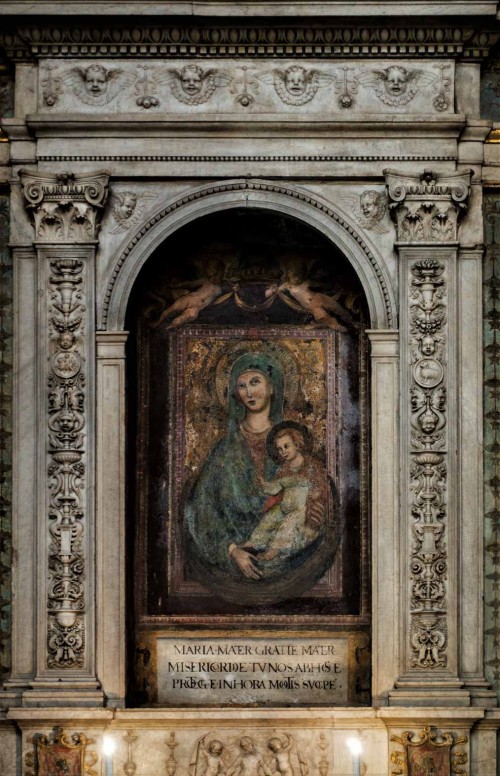
Church of San Marcello, Madonna with Child, XIV century
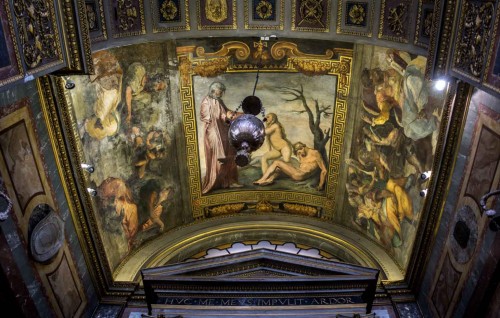
Church of San Marcello, fresco in the vault of the Chapel of the Crucifix, The Creation of Eve
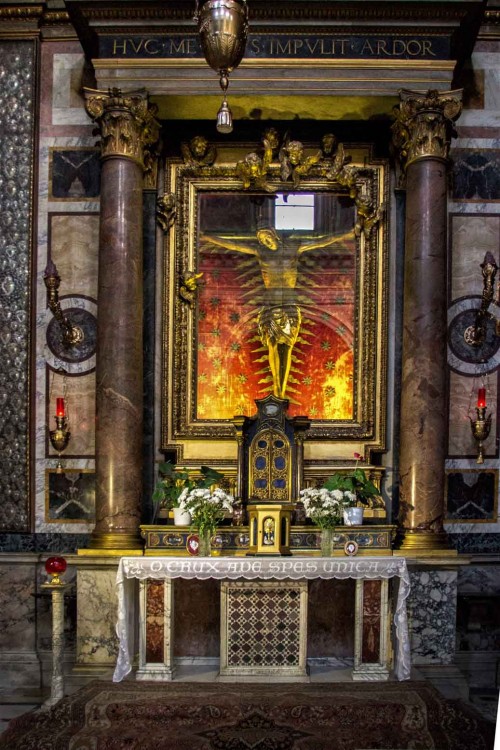
Church of San Marcello, Chapel of the Crucifix with a crucifix famous for miracles
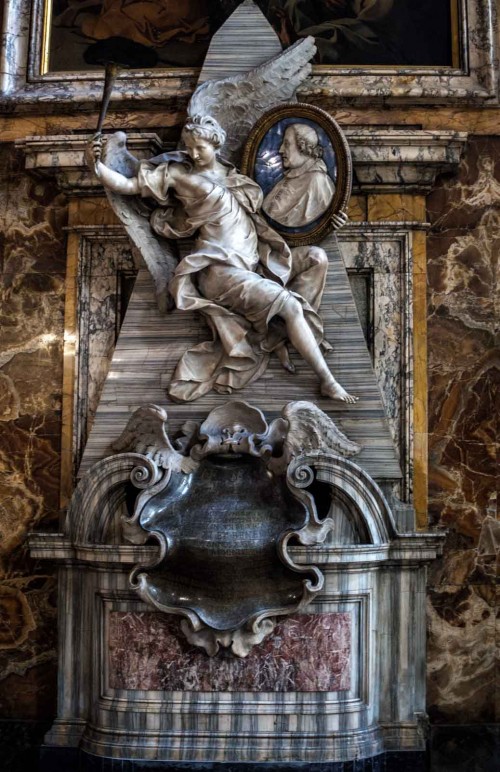
Church of San Marcello, Baroque funerary monument of Cardinal Fabrizio Paolucci, Pietro Bracci
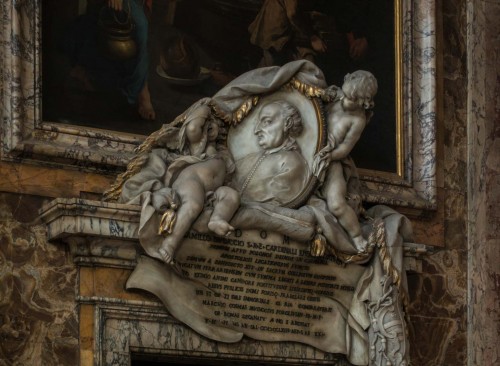
Church of San Marcello, monument commemorating Cardinal Camillo Merlini
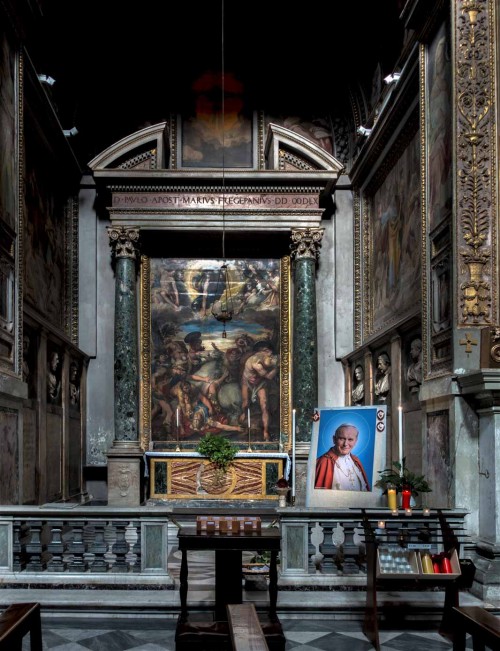
Church of San Marcello, Chapel of St. Paul (Frangipane family), The Conversion of St. Paul, Taddeo Zuccari, 1558
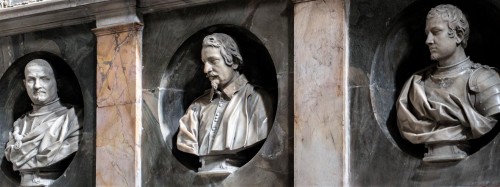
Church of San Marcello, Frangipane family chapel, funerary bust of the family, Alessandro Algardi
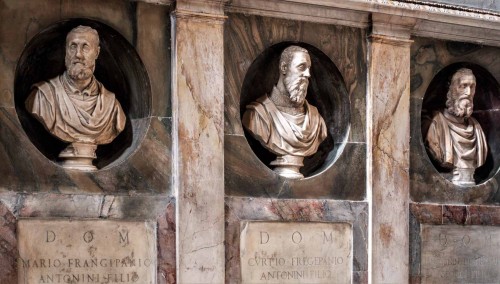
Church of San Marcello, Frangipane family chapel, busts of family representatives
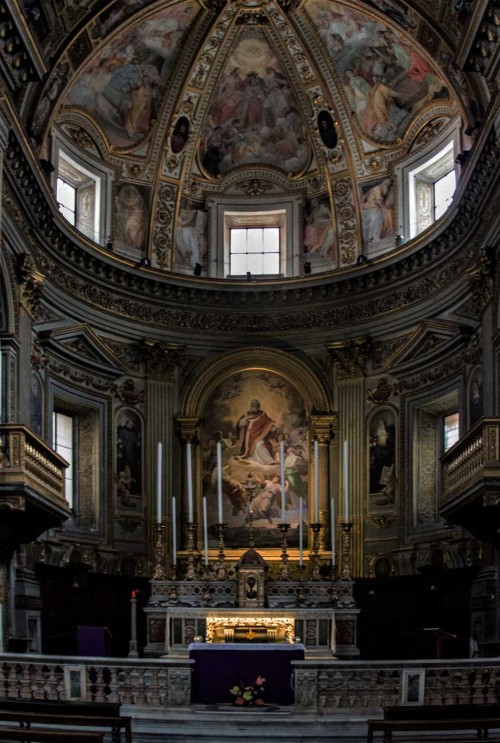
Church of San Marcello, main altar, The Glory of St. Marcellus, XIX century
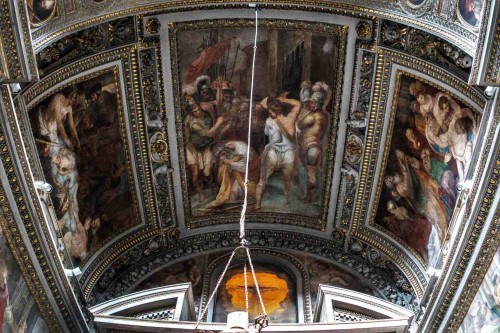
Church of San Marcello, vault of the Frangipane family chapel
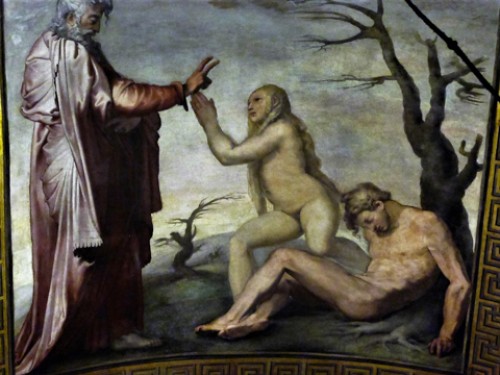
Church of San Marcello, The Creation of Eve, fresco by Daniele da Volterra, Chapel of the Cross
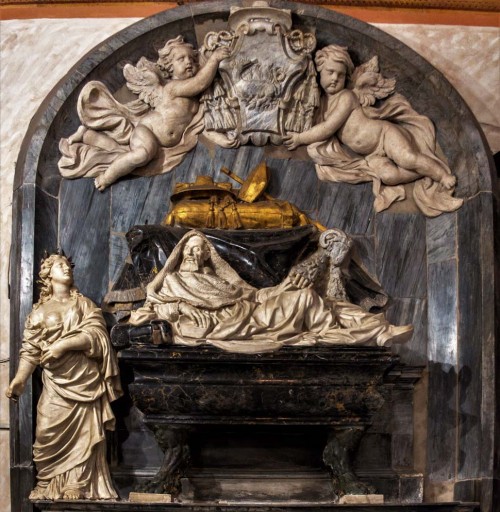
Church of San Marcello, funerary monument of Cardinal Francesco Cennini
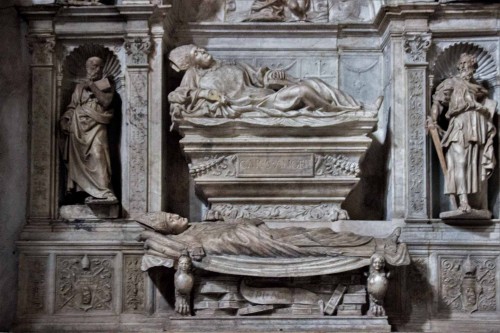
Church of San Marcello, tombstone of Cardinal Giovanni Michiel, fragment
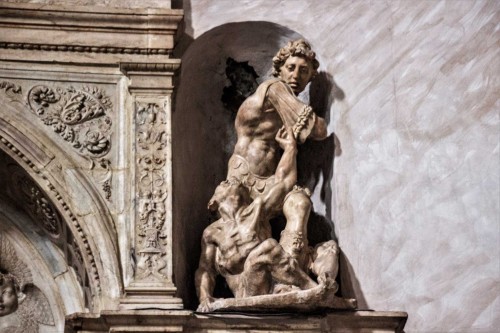
Church of San Marcello, tombstone of Cardinal Giovanni Michiel and Antonio Orso, Jacopo Sansovino, fragment
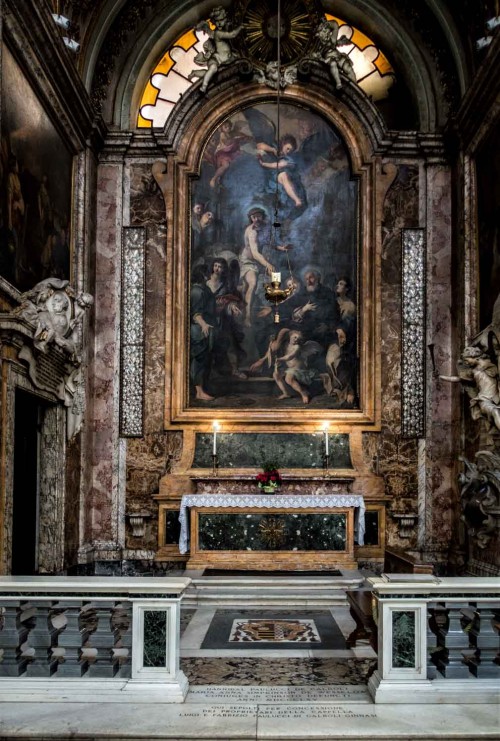
Church of San Marcello, Paolucci Chapel
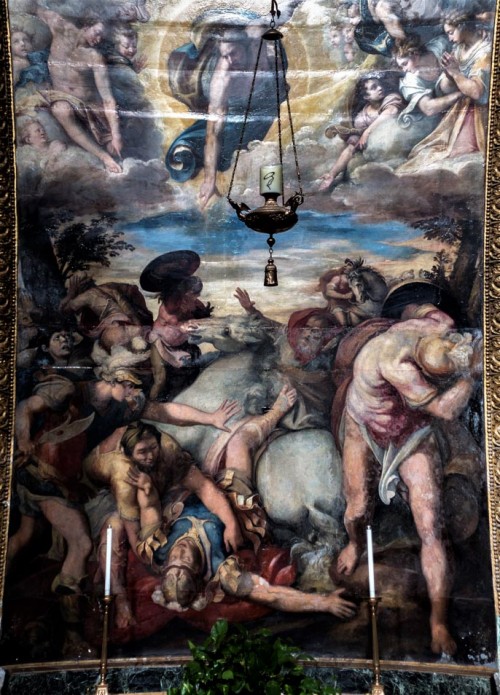
Church of San Marcello, Frangipane family chapel, main altar – The Conversion of St. Paul, Taddeo Zuccari
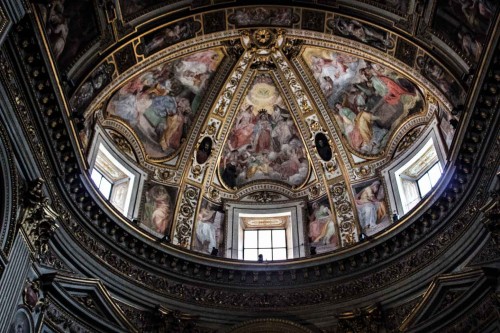
Church of San Marcello, top of the apse of the main altar
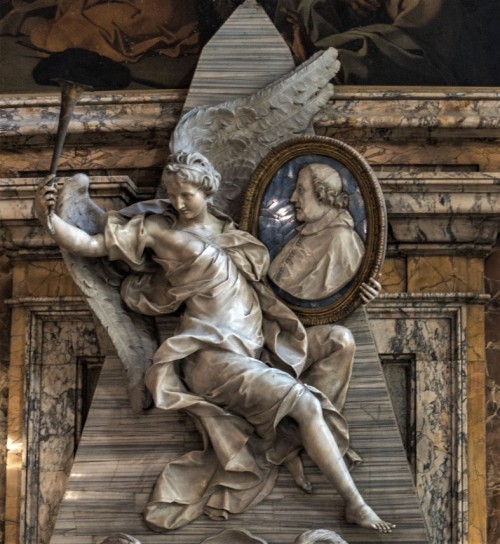
Church of San Marcello, funerary monument of Cardinal Fabrizio Paolucci, Pietro Bracci, fragment
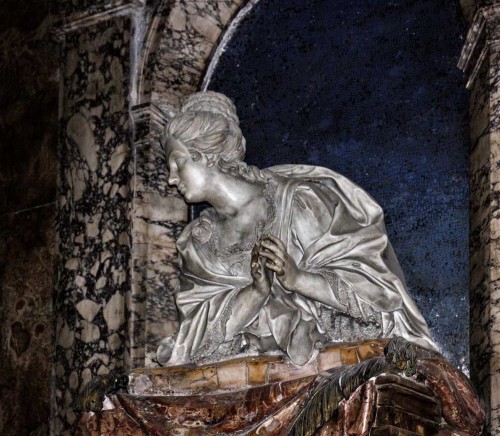
Church of San Marcello, monument of Maria Colomba Vicentini, Bernardino Cametti, fragment
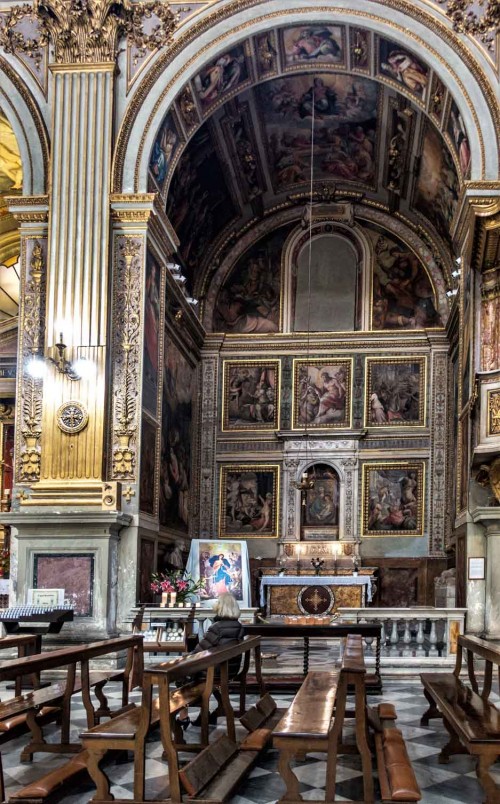
Church of San Marcello, frescoes by Francesco Salviati, in the center Madonna with Child
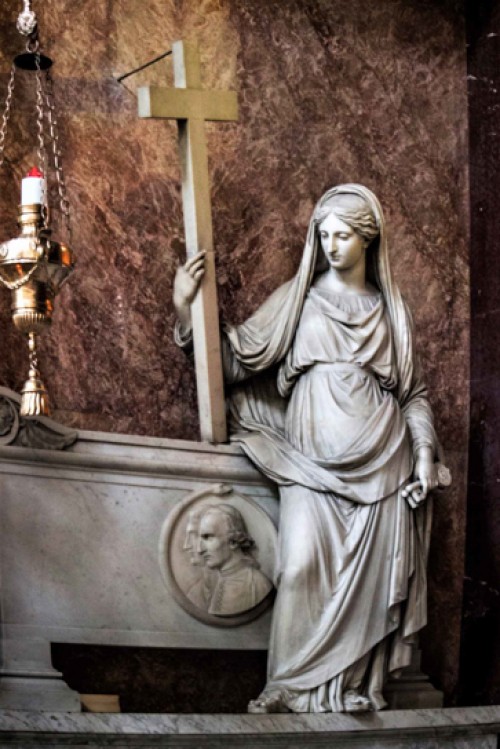
Church of San Marcello, Chapel of the Crucifix, classicist funerary monument from 1831
A church, which rarely goes unnoticed by somebody who visits Rome, since it is located on one of the most famous Roman streets the via del Corso, but is equally rarely visited, was built in a location where – according to a legend - the martyrdom of Pope Marcellus I took place. Although, we do not know much about the bishop of Rome who became a saint and whose pontificate lasted only a year, his vita, perfectly illustrates the friction and problems, which occurred in the early-Christian Church. It is here, that one of the first titulae was created, a place of meetings for Christians, and later a church, which in the XII century took on a Roman appearance.




























































